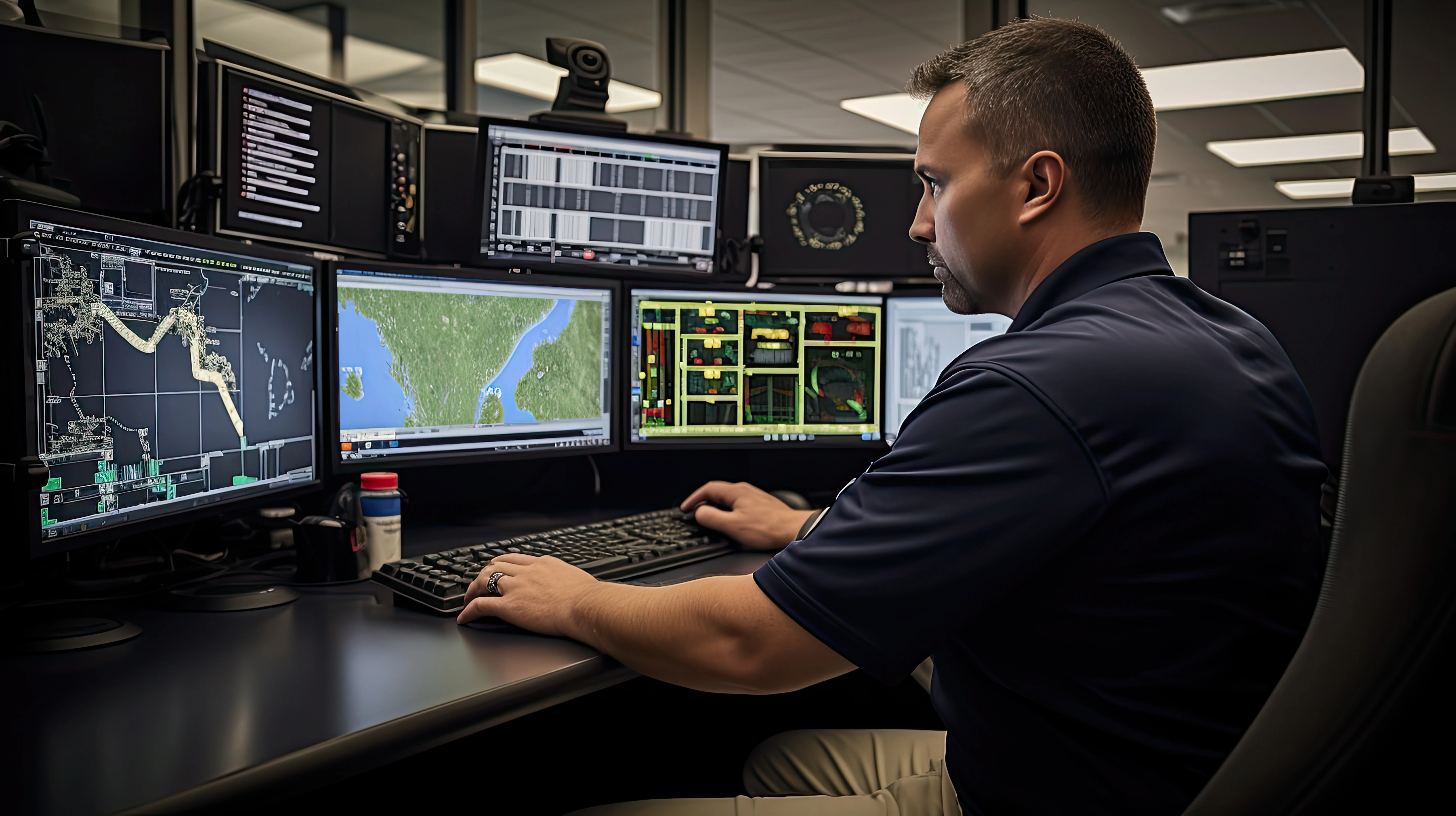The Latest in Smart Tool Technology

The construction industry has sometimes lagged behind other industries in the development of technology. However, in recent years, there have been advances in battery technology, light-weight materials, design for comfort, saw blades and drill bits that can drill through concrete with ease, and lasers that can lay out a construction site with one person.
But what about smart tools? After all, we have smart phones, smart homes, smart roads, smart cards, smart grids, and smart watches. It was only a matter of time before construction got its own set of smart toys—er, I mean, tools.
Listed below are some examples of smart technology in construction.
Infrared Camera Software
A picture is worth a thousand words. Infrared thermography diagnostic technology lets you instantly visualize and verify thermal performance. This technology can show thermal problems with the ability to see through walls and ceilings, checking for HVAC, plumbing, or roof leaks and hot spots in electrical systems. This can eliminate a host of problems and make construction more efficient. Some infrared cameras work in conjunction with your smartphone or tablet and can be helpful in quickly confirming work is acceptable before other trades commence. Software can document temperature measurement data for creating reports and can often be tailored to your specific applications. With sensor technology costs dropping and smartphones becoming more powerful, this technology will continue to be a valuable tool in many industries.
Tool Bar Codes
Unfortunately, construction tools and equipment are sometimes stolen, partially due to the high demand for tools and the ease of selling them. Bar codes can be an easy way to identify and keep track of tools and when they are checked out and returned. Embedded bar codes called tool tags are applied using strong adhesive that fuses the bar code to the tool with a chemical-resistant coating. Tool records can be created that show a bar code workflow, identifying if the tool is loaned out, available, or out of service, as well as its location.
Accelerating the Construction Process With 3D Printers
Not long ago, the idea of using a 3D printer to construct buildings was a pipe dream. However, this innovative technology is rapidly proving useful in construction. Many experts agree that the limits are endless when it comes to 3D printing of building and building components. The technology has the potential to cut down the time needed for building construction and allow more complex designs.
Smart Wearables for Safety
Smart wearables, such as safety vests, are getting a lot of attention as technology in the construction industry improves. More money is being invested in developing wearable technologies as construction companies see the benefits, including improved efficiencies, reduced costs, and improved safety. Smart wearables collect and deliver data about the worker's environment, activities, and biometric conditions.
An insurance company that cares about you and insuring the things you wish to be insured.
Get a Quote> Find an Agent>

